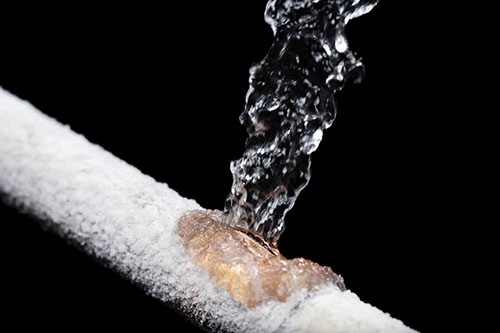
A gas leak is a common household fear: plenty of movies, TV shows and urban legends concern the family that doesn’t notice a gas leak until something explodes or someone succumbs to carbon monoxide poisoning. But is the fear of natural gas justified? How safe is natural gas as a home energy source?
Natural gas is a mix of hydrocarbons. The chemical nature of a hydrocarbon means that it burns cleanly with little waste product: where coal or petroleum leaves behind ash and tar, the biggest waste product of natural gas is plain old water. That actually makes natural gas one of the safest energy sources in existence, since it doesn’t leave behind anything harmful to humans when it burns.
The gas itself can be a little more dangerous. One of the gases in the hydrocarbon mixture is carbon monoxide, which is very toxic to humans and pets. Because natural gas is colorless, the only way to tell if the gas is building up is by smell, which can be hard to recognize before it has reached dangerous levels. Natural gas is also extremely flammable: the thing that makes it such an efficient fuel source means that it can ignite very quickly if there is a build up.
At the end of the day, natural gas is as safe as the piping and appliances that transport and use it. A natural gas system that undergoes regular maintenance to prevent leaks is just as safe as any other energy system. Regular maintenance and quality appliances are the key to keeping natural gas the safe, efficient and clean energy source that it should be.